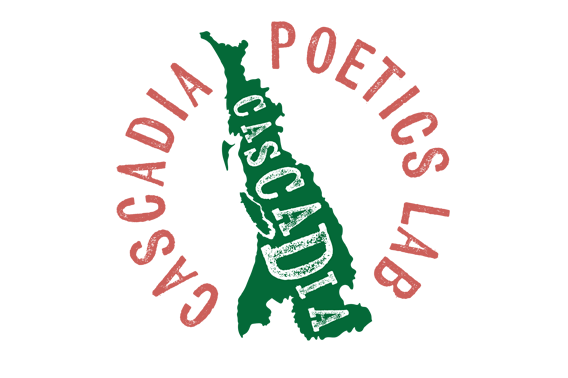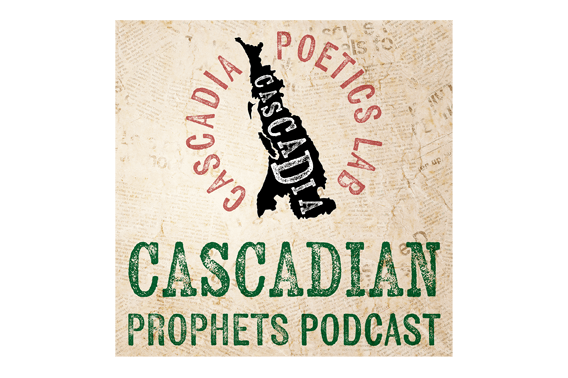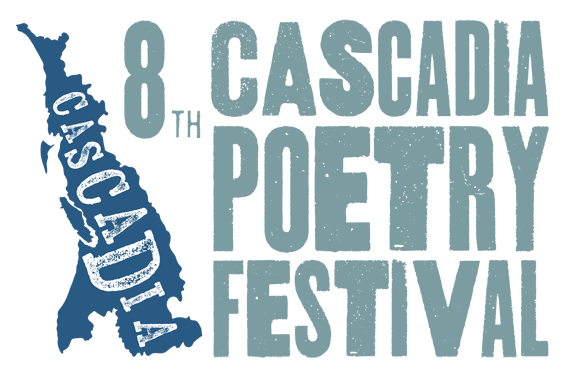From Art Place:
Creative Placemaking Gets a Boost as ArtPlace Launches New Grants for 2013
ArtPlace has just launched its third round of grant applications to support creative placemaking in communities across America.
ArtPlace is a collaboration of 11 major national and regional foundations, six of the nation’s largest banks, and eight federal agencies including the National Endowment for the Arts to accelerate creative placemaking across the U.S. To date, ArtPlace has awarded $26.9 million in grants – in amounts up to $1 million – to 76 organizations in 46 communities across the country.
Creative placemaking has been gaining traction as a locally-driven strategy for bringing new life to communities. ArtPlace defines creative placemaking as “a means of investing in art and culture at the heart of a portfolio of integrated strategies that can drive vibrancy and diversity so powerful that it transforms communities.”
“Creative placemaking is a powerful way to make our communities more desirable, encouraging people to invest here,” said Philadelphia Mayor Michael A. Nutter. “Arts and culture can create new reasons for people to come regularly into a neighborhood. They can attract new residents and new businesses. They can reconnect communities, and they can make people believe that things can be different.” Philadelphia is the home of five projects funded by ArtPlace for a total of $1.62 million..
Grants will be awarded to projects that involve arts organizations, artists and designers working in partnership with local and national partners to produce transformative impacts on community vibrancy. Applications are encouraged from all 50 states and U.S. territories, and ArtPlace funds in communities across the country. Certain ArtPlace funders have a deep commitment to their local communities and have provided funding for specific states or communities. New foundation partners like the Rasmuson Foundation and the Magaret A. Cargill Foundation have helped extend ArtPlace’s reach into new regions.
“We’re very excited to be able to bring even more resources to creative placemaking in 2013,” says ArtPlace’s Carol Coletta. “We can’t wait to see the ideas people will come up with.”
Recent ArtPlace grant recipients include:
• Sitka Arts Campus, transforming a closed National Historic Landmark college in the small town of Sitka, Alaska into a multidimensional arts campus and cultural center for the Southeast Alaska region.
• The Anpetu Was’te Cultural Arts Marketplace, a Minneapolis project to transform the area around a light rail station into an exciting destination and the front door to the American Indian Cultural Corridor.
• Memphis Music Magnet, a collaboratively-developed, arts-based revitalization concept in Memphis, Tennessee that will build on musical heritage and cultural assets to foster increased recognition of Soulsville USA and fuel its redevelopment.
• The Sugar Hill Children’s Museum of Art & Storytelling in Manhattan, a new model for a children’s museum based on inter-generational storytelling integrating affordable housing and early education in a 172,000 sq. ft. mixed-use development. The project is a collaboration with Local Projects, a leader in the field of interaction design for physical spaces.
Descriptions of these projects and many other others can be found at www.artplaceamerica.org. Complete guidelines for applying for an ArtPlace grant can be found at www.artplaceamerica.org/loi.
Foundations participating in ArtPlace include Bloomberg Philanthropies, The Margaret A. Cargill Foundation, The Ford Foundation, The James Irvine Foundation, The John S. and James L. Knight Foundation, The Kresge Foundation, The McKnight Foundation, The Andrew W. Mellon Foundation, The William Penn Foundation, Rasmuson Foundation, The Rockefeller Foundation and an anonymous donor. In addition to the NEA, federal partners are the departments of Housing and Urban Development, Health and Human Services, Agriculture, Education and Transportation, along with leadership from the White House Office of Management and Budget and the Domestic Policy Council. ArtPlace is also supported by a $12 million loan fund capitalized by six major financial institutions and managed by the Nonprofit Finance Fund. Participating institutions are Bank of America, Citi, Deutsche Bank, Chase, MetLife and Morgan Stanley.









0 Comments